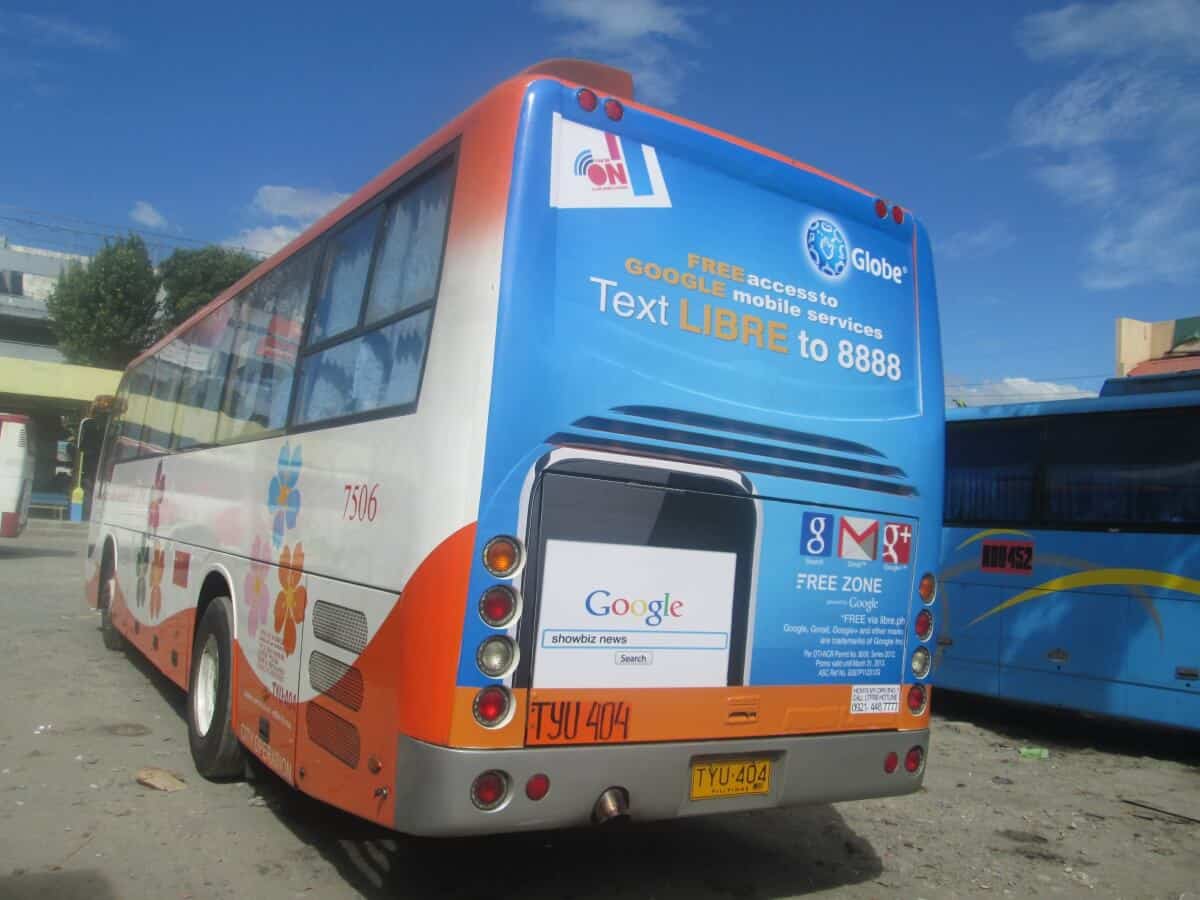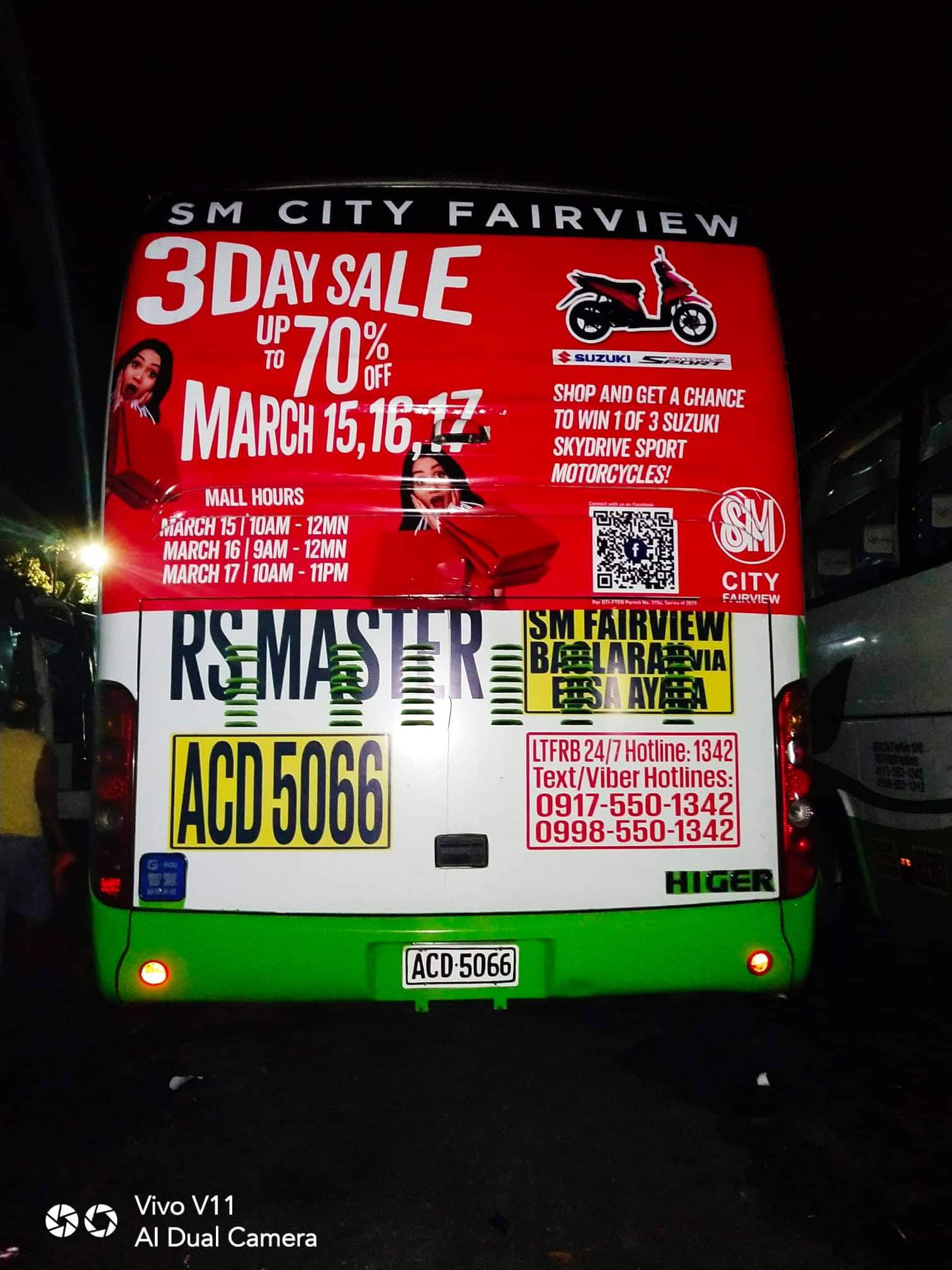A Detailed Evaluation of the Methods and Techniques for Effective Transit Advertising Campaigns
Transit marketing campaign provide a distinct possibility for brands to engage with diverse target markets in vibrant settings. To accomplish success, it is vital to comprehend the subtleties of target demographics, execute innovative design approaches, and select ideal positioning places. Furthermore, the performance of these projects can be dramatically boosted by closely keeping track of performance metrics and adjusting tactics as necessary. As we explore these important parts, it comes to be clear that the course to an impactful transit advertising technique is both elaborate and satisfying, elevating the question of how best to navigate these complexities for maximum brand exposure.
Understanding Target Demographics
Comprehending target demographics is essential for the success of transit ad campaign (Transit Advertising Philippines). Determining specific audience segments allows marketers to customize their messages efficiently, ensuring that the web content reverberates with the desired visitors. This strategy boosts involvement and takes full advantage of return on financial investment
To efficiently assess target demographics, marketing experts need to take into consideration several essential factors, including age, revenue level, way of living, and line of work choices. For example, a campaign intended at young professionals may concentrate on convenience and modernity, while one targeting households may highlight security and reliability. In addition, geographical factors such as city versus rural setups can significantly affect consumer behavior and preferences.
Information collection techniques such as studies, focus groups, and social media sites analytics offer valuable insights right into demographic fads and customer practices. By leveraging this details, marketers can craft compelling narratives that align with the values and requirements of their target market.
Ultimately, comprehending target demographics not just notifies the critical instructions of transportation marketing campaign yet additionally makes sure that resources are assigned successfully. This targeted approach enhances the probability of attaining project purposes, fostering brand commitment, and driving conversions.
Imaginative Layout Strategies
Efficient communication with target demographics relies heavily on ingenious creative design strategies in transportation advertising campaigns. To efficiently capture attention in a crowded aesthetic environment, designers have to prioritize clarity and visual influence. Using vibrant colors and high-contrast aspects can enhance presence, making certain that messages are conveniently understandable from a distance.
Incorporating vibrant images that resonates with the target market is critical. Visual narration techniques can stimulate emotions and produce unforgettable associations with the brand name. Additionally, strategic use of typography aids communicate crucial information promptly; understandable typefaces and proper dimensions additionally improve readability.
Integrating interactive aspects, such as QR codes or enhanced truth features, can engage travelers beyond easy observation (Transit Advertising Philippines). These methods not just promote user communication yet also connect the void in between standard advertising and electronic involvement
Additionally, utilizing room artistically-- whether on bus covers, transportation shelters, or train advertisements-- can lead to ingenious layouts that damage the mold of conventional marketing. By embracing imaginative creativity while maintaining brand name uniformity, campaigns can promote a solid connection with their audience, inevitably driving both understanding and activity. The integration of these layout techniques is paramount for achieving effective transportation marketing end results.
Strategic Positioning Techniques
Maximizing the influence of transit advertising hinges on strategic positioning methods that make certain optimum exposure and engagement. Reliable placement involves recognizing and analyzing high-traffic locations traveler demographics to recognize the most advantageous places for advertisement display screens. As an example, placing advertisements near entries and you can find out more exits of transportation cars can catch the interest of boarding and touching down passengers, hence enhancing exposure.
Moreover, using both exterior and indoor surfaces of transportation vehicles can substantially expand reach. Exterior ads, noticeable during commutes, engage pedestrians and various other chauffeurs, while indoor advertisements target passengers in a captive setting. Additionally, putting promotions en route hubs, such as bus terminals or train terminals, enables enhanced impressions as travelers transition between various settings of transportation.
Timing is additionally important; aligning the campaign launch with peak travel durations optimizes target market engagement - Transit Advertising Philippines. Moreover, leveraging digital screens in transit environments can help with dynamic material, improving and offering real-time updates customer communication. By utilizing these strategic placement approaches, marketers can guarantee that their transportation marketing campaign achieve maximum visibility, resonate with the target market, and ultimately drive desired results

Measuring Project Performance
To examine the success of transportation advertising projects, it is important to employ a range of dimension techniques that provide understandings right into target market engagement and overall performance. One key method is the use of crucial performance indicators (KPIs), such as reach, impacts, and involvement rates, which quantify how several individuals interacted and watched the ad with it.
Surveys and emphasis teams can likewise contribute in evaluating customer assumptions and recall, allowing online marketers to comprehend the influence of their messaging. Furthermore, tracking web site traffic and social media sites interaction during and after the campaign aids determine straight feedbacks to the advertising.
Another effective technique is using location-based analytics, which can give information walking traffic around certain transportation locations, using understandings right into whether the project successfully caught the focus of travelers. Moreover, evaluating sales data can reveal correlations between transit advertising and increased income, providing substantial evidence of a campaign's effectiveness.
Study of Success
Comprehending visit this page the performance of transportation marketing campaign with dimension methods lays the groundwork for examining real-world instances that highlight successful outcomes. One significant study involves a national beverage brand that made use of bus covers in metropolitan locations. The campaign aimed to increase brand visibility and sales during the summertime. By using geo-targeted electronic ads and analytics, the brand name measured a 30% increase in sales in areas where the wraps were plainly presented, showing the straight effect of transit marketing.
One more engaging instance comes from a regional not-for-profit organization that launched a project on metro platforms to promote a neighborhood occasion. The company incorporated vivid visuals with QR codes guiding commuters to a registration page. Post-campaign evaluation revealed a 50% boost in event participation compared to the previous year. The usage of straight interaction with innovation intensified the project's reach and effectiveness.

Final Thought
In summary, successful transit advertising campaigns require a comprehensive technique that integrates an understanding of target demographics, innovative layout strategies, and strategic positioning. By focusing on psychological interaction through strong visuals and optimizing exposure throughout peak traveling times, brand names can substantially improve their effect. Moreover, continuous measurement of project efficiency with key efficiency indicators and consumer feedback ensures continual enhancement. Collectively, these strategies foster brand name presence and maximize the roi in transportation advertising initiatives.
Understanding target demographics is important for the success of transportation marketing projects.Reliable communication with target demographics counts greatly on innovative creative style techniques in transit advertising campaigns. By utilizing these calculated placement approaches, marketing professionals can make certain that their transit marketing campaigns achieve maximum presence, resonate with the you could check here target audience, and ultimately drive wanted outcomes.
Comprehending the effectiveness of transit advertising and marketing campaigns through measurement techniques lays the groundwork for examining real-world examples that highlight effective end results.In recap, effective transit advertising campaigns demand a thorough method that integrates an understanding of target demographics, innovative design strategies, and strategic positioning.
Comments on “Transit Advertising Philippines: Get To Hundreds Of Travelers Daily”